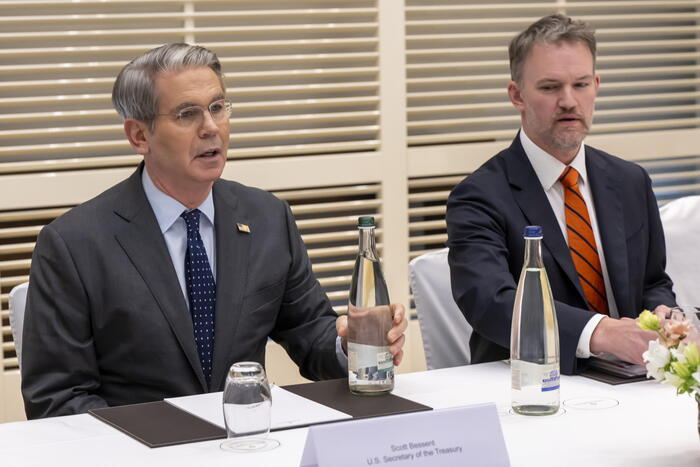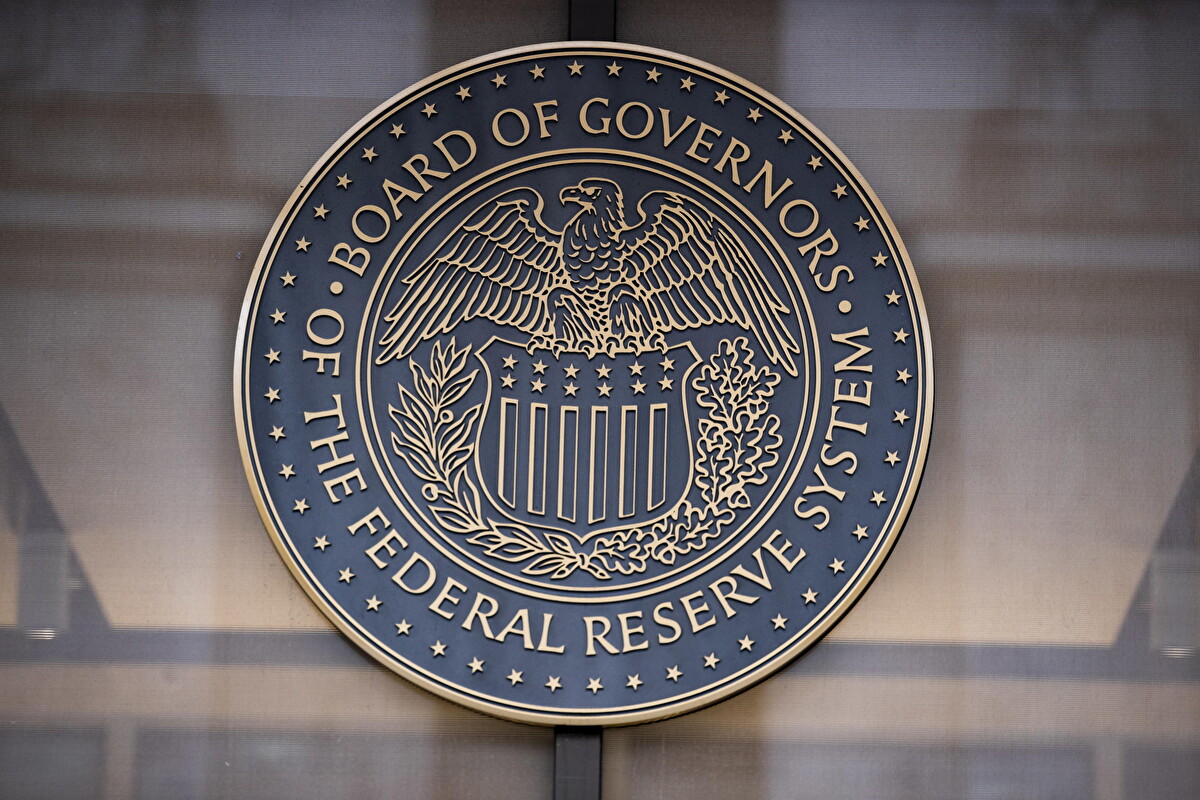The United States and China have reached a preliminary agreement to de-escalate the trade war that has rattled global markets for months, U.S. Treasury Secretary Scott Bessent confirmed Sunday at the close of two days of negotiations in Geneva.
Speaking to reporters at the Swiss ambassador’s residence near the United Nations headquarters, Bessent called the talks “productive” and said the outcome represented “significant progress,” though he declined to provide details. Full terms of the agreement are expected to be released Monday.
Joining Bessent at the negotiating table were U.S. Trade Representative Jamieson Greer and China’s Vice Premier He Lifeng, along with two Chinese vice ministers.
“The president has been kept fully briefed throughout the process,” Bessent said, referring to Donald Trump. “Details will be made public very soon.”
Greer, also addressing reporters, described the talks as “very constructive” and said the framework agreement could help shrink the U.S. trade deficit, currently estimated at over $1.2 trillion. “The speed at which we reached consensus suggests the gaps may not have been as wide as feared,” Greer noted. He described the Chinese delegation as “tough, but professional.”
Despite the breakthrough, no announcements were made on whether tariff reductions were agreed upon. Bessent avoided press questions, though he had previously labeled the current tariff levels “unsustainable.”
The negotiations followed months of escalating trade pressure, set off by President Trump’s decision in April to impose sweeping tariffs on Chinese goods — many of them taxed at no less than 145%. Beijing retaliated with its own levies, raising duties on U.S. exports by up to 125%.
The White House also signaled a more conciliatory stance. Kevin Hassett, a senior economic adviser to the president, told Fox News that Chinese negotiators had shown a willingness to rebalance trade ties. “The Chinese were very, very eager to engage and normalize the relationship,” Hassett said on Sunday.
Trump himself posted an upbeat message Saturday on Truth Social: “A very good meeting today with China, in Switzerland. Many things discussed, much agreed to. We are working to open China to American business. GREAT PROGRESS MADE!!!”
Chinese state media echoed the sentiment. A commentary published by the Xinhua news agency described the Geneva talks as “an important step toward resolving the dispute.”
Sources familiar with the negotiations say Beijing may have offered to curb exports of chemical precursors used in fentanyl production and is reportedly open to renewing purchases of U.S. goods and increasing direct investment in the United States. After shifting much of its agricultural sourcing to Brazil and other Global South partners, China is also believed to be considering a partial rerouting of trade flows back to American suppliers.
In Washington, speculation is mounting that tariffs could be rolled back to a range of 50–60%. Trump, however, tempered expectations on Friday, posting: “Eighty percent sounds about right,” and hinting that the final decision rested with Bessent.
According to economists, even a 50% cut may not be enough to restore commercial flows to pre-dispute levels. Analysts widely cite that threshold as the minimum for beginning to normalize economic relations between the two superpowers.
New customs data released Friday by China show exports to the U.S. fell by 21% year-over-year in April. Still, total Chinese exports rose 8.1%, thanks to a reorientation toward Southeast Asia, Latin America, Europe, and Africa. Experts warn that some of these redirected flows may ultimately reach the U.S. through third-party intermediaries.
In the U.S., signs of strain are already visible in the logistics sector. Port traffic has declined sharply, hitting trucking firms, rail operators and warehouse hubs. Retail distribution and manufacturing are also expected to be affected in the coming weeks as inventories run low. Chinese factories, too, are beginning to feel the impact.
Goldman Sachs forecasts that U.S. inflation could double by year’s end, reaching 4%, largely driven by elevated import costs. Even with a deal in place, prices are unlikely to drop quickly — ships taxed at 145% are docking at U.S. ports this week.
The list of Chinese-made goods embedded in American daily life is long: shoes, clothing, semiconductors, appliances, toys, sporting goods, office supplies, baby products. According to the National Retail Federation, U.S. imports from China are projected to drop by at least 20% in the second half of 2025. Chinese exports could see an even steeper plunge, with JPMorgan estimating losses of 75–80%.
Wall Street indices, including the S&P 500, closed the week slightly down but remained above key technical averages. Dow Jones futures are set to reopen Sunday evening with early signs pointing to a rebound.












